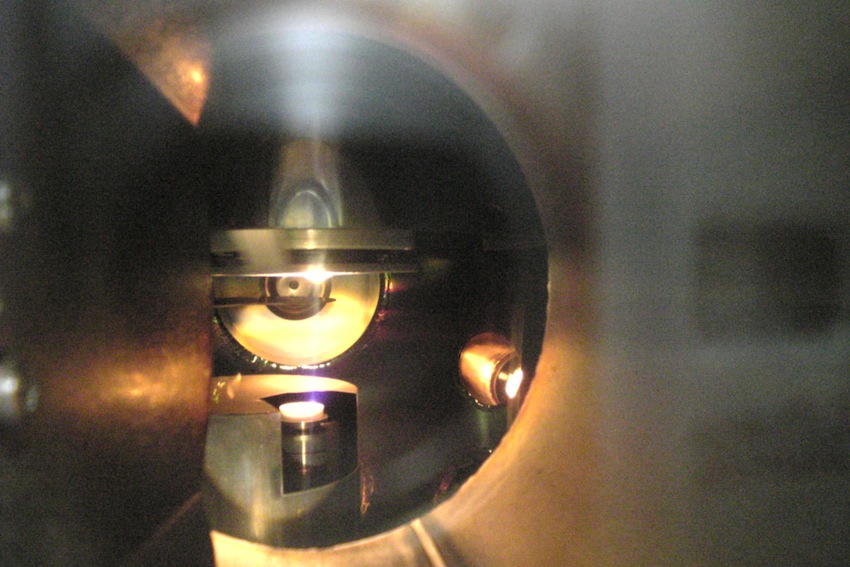Tin dioxide gets a new lease of life

Japanese team creates thin, transparent semiconductors with potential for use in LED lights, solar panels or touch-sensitive displays
Mobility is a key parameter for semiconductor performance and relates to how quickly and easily electrons can move inside a substance. Now Japanese researchers have achieved the highest mobility among thin films of SnO2 ever reported.
This high mobility could allow engineers to create thin, transparent SnO2 semiconductors for use in next-generation LED lights, photovoltaic solar panels or touch-sensitive display technologies.
"We demonstrated the highest mobility in a thin film of SnO2 ever achieved. Improved mobility not only enhances the conductivity but also the transparency of the material," said Shoichiro Nakao, a researcher from the department of chemistry at the University of Tokyo. "Generally, transparency and conductivity cannot coexist in a material. Typical transparent materials such as glass or plastic are insulating, whereas conducting materials like metals are opaque. Few materials exhibit transparent conductivity - it's very interesting!"
The more transparent a semiconductor can be, the more light it can let through. Nakao and his team have made an SnO2 thin film that allows visible light and near-infrared light to pass. This is a great benefit to the power conversion efficiency of photovoltaic solar panels, but other uses could include enhanced touch-screen displays with even better accuracy and responsiveness, or more efficient LED lights.
"Our method of production was key to creating a substance with these properties. We used a highly focused laser to evaporate pellets of pure SnO2 and deposit or grow material exactly how we wanted it," said Nakao. "Such a process allows us to explore different growth conditions as well as how to incorporate additional substances. This means we can endow SnO2 semiconductors with high mobility and useful functionality."
(The picture above shows a focused laser used to create thin films of tin dioxide.)
'High mobility approaching the intrinsic limit in Ta-doped SnO2 films epitaxially grown on TiO2 (001)' by Michitaka Fukumoto et al; Scientific Reports volume 10, Article number 6844 (2020)


































